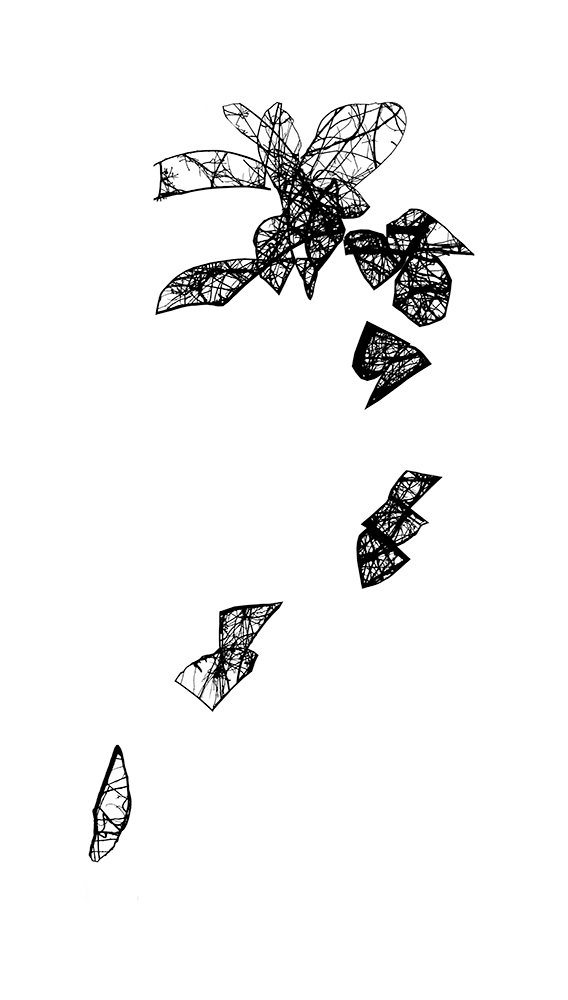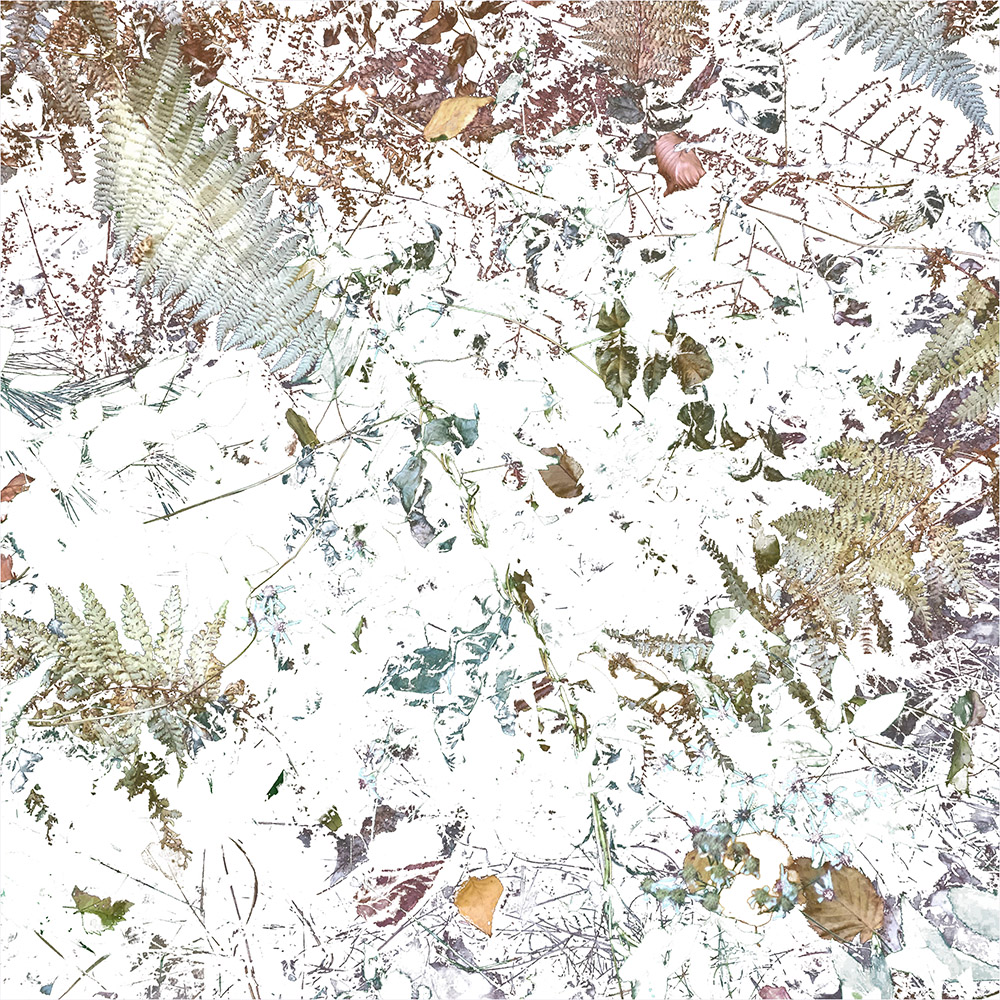Conversations with Nature: Deborah Kaplan
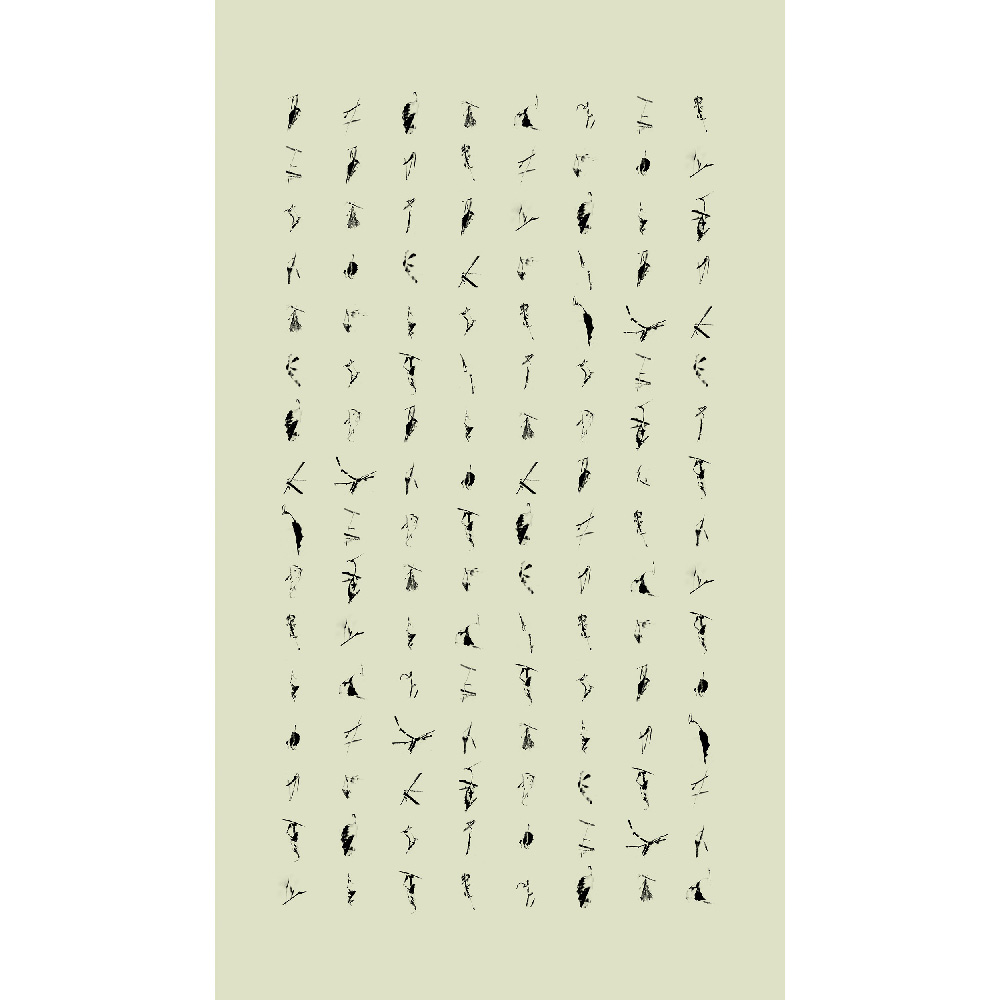
©Deborah Kaplan, Birch Text, A language derived from dried leaf and branch, isolated and formed into an east Asian text block. The first of the text block images created.
“(Today) we are talking only to ourselves. We are not talking to the rivers, we are not listening to the wind and stars. We have broken the great conversation. By breaking that conversation we have shattered the universe. All the disasters that are happening now are a consequence of that spiritual ‘autism.’” – historian Thomas Berry
When we deconstruct all the natural and human world, we discover a significant connectedness and vocabulary. Photographic artist Deborah Kaplan explores that important conversation as she dissects the natural world down to a language that is at once beautiful and remarkable. Today we feature a number of her series, starting with Syllabary for the Natural World, which is all language based. With this work she explores the complexity of the natural world that offer multiple languages waiting to be discovered and where our minds actively participate. As Kaplan states, “We are searchers for symbols”
Kaplan’s work can be seen in a number of upcoming exhibitions: Digits: A Parallel Universe at the Griffin Museum of Photography at Lafayette City through June 9, Diptych at the A Smith Gallery through May 9, black/white at the A Smith Gallery through May 30, Language through LoosenArt in May, Syllabary for a Natural World will be on display at the Photographic Resource Center’s popup show Field of Vision in Cambridge, MA from April 24 – June 26 and coming up at the Rhode Island Center for Photographic Arts’ exhibit, A New Leaf, will be including Birch Text in its upcoming exhibition May 20 – June 11.
Deborah Kaplan is a photographer of abstracted landscape, originally from Beacon, NY. She constructs and deconstructs photographs using primarily digital techniques. She has studied at the DeCordova Museum, the Art Institute of Boston and Maine Media Workshops. Deborah’s experience includes a BA in biology, a career as a software engineer, and as a fiber artist. These elements influence her current photographic practice, which reveals a unique lexicon of the natural world, informed by science, aesthetics and choices of perception. Her work has been shown at the Griffin Museum of Photography, the A Smith Gallery and ArtsWorcester as well as in several online exhibitions. Deborah resides and works in Bolton, Massachusetts. IG @deborahkaplanphotography
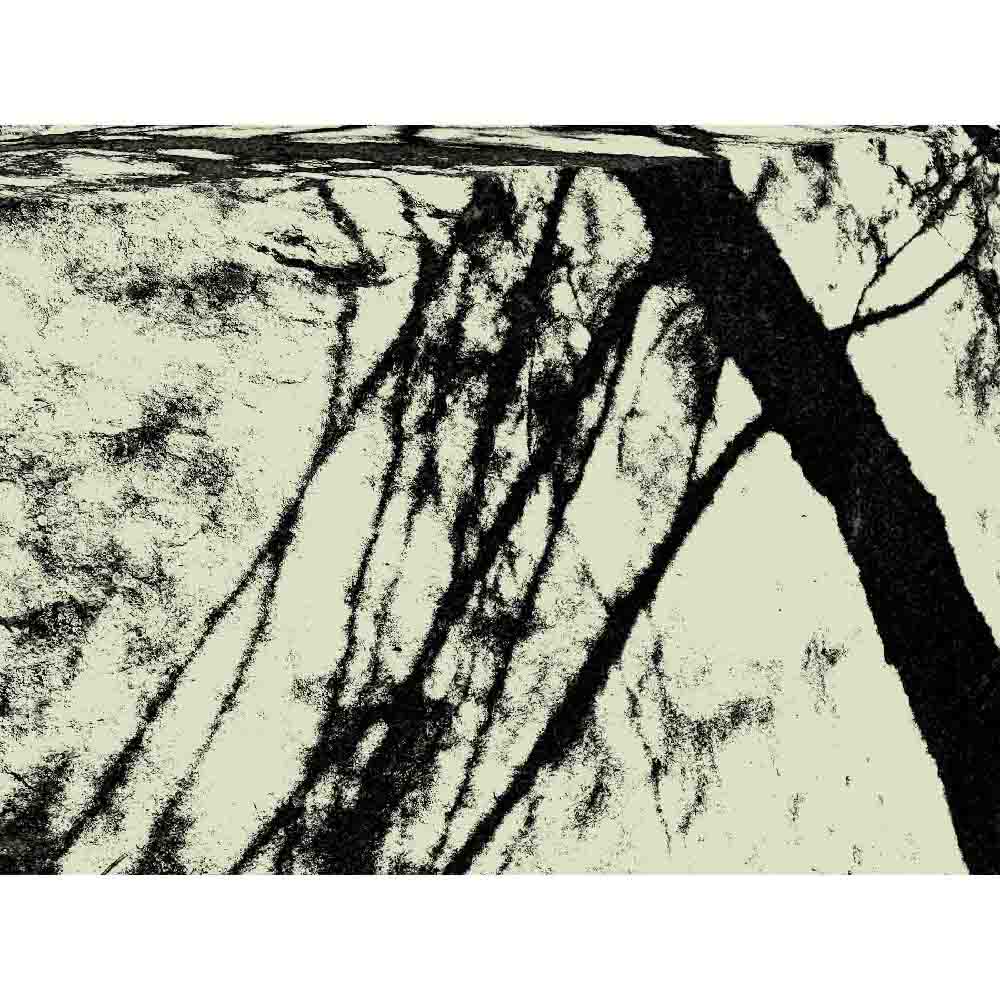
©Deborah Kaplan, Shadow Petroglyph #1, A shadow on a rock, extracted and background simplified, a non carved petroglyph symbol – the first image made in this series
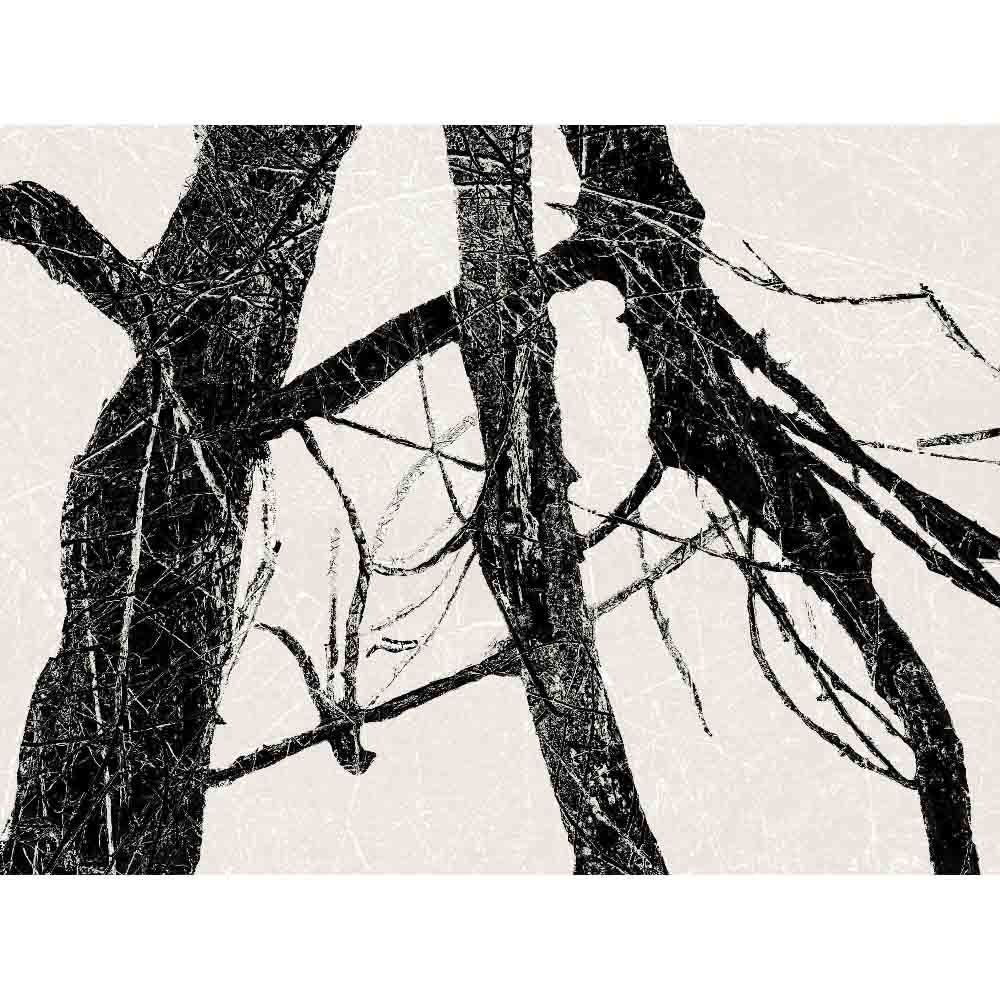
©Deborah Kaplan, Symbol Formation, An image of branches, with both the abstract and literal in interplay.
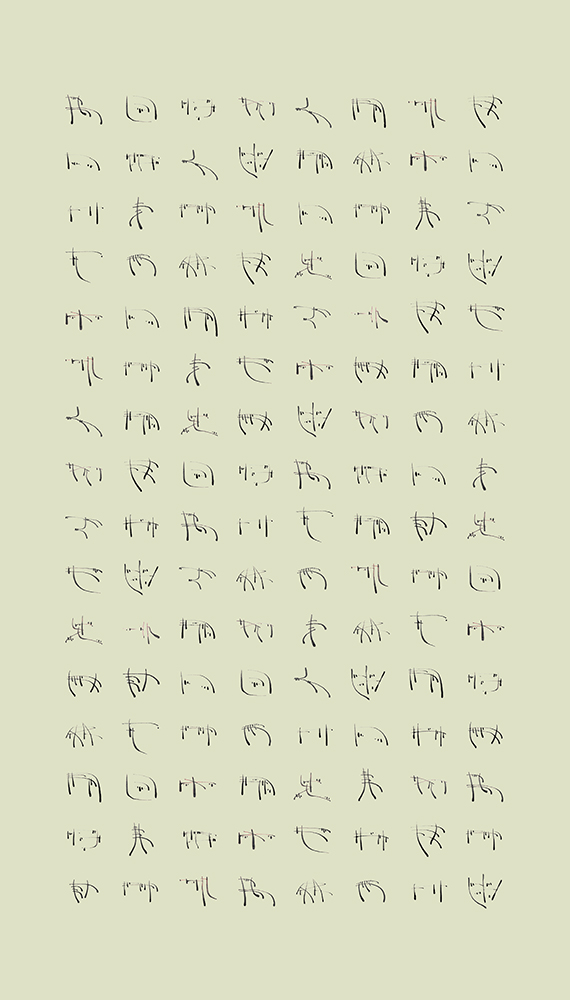
©Deborah Kaplan, Syllabary for a Natural World, A language based on small scale hand drawn calligraphies. Each calligraphy echoes a larger scale composition such as in Symbol Formation. Drawings rephotographed and formed into a similar format east Asian text block.
The natural world has provided me with a particular way of seeing. My work combines nature, science, photography and digital processes to create a language that is uniquely my own, where the interaction of plants, the patterns and growth in community, is a form of knowledge.
As human beings, we may lose touch with nature, but our senses are built for this environment. My ongoing work explores that unconscious collaboration between the natural world and the human mind. Direct sensation, choices of perception, the parsing of the visual field, and cognition inform my practice.
My work examines an array of questions. How do our minds build meaning through symbols and written language? What if there exist whole sets of language waiting for discovery? Where does one thing end and the next begin? What does the observation of just one set of colors show us about the underlying complexity living communities? What happens when the sensation of strong sunlight hits the ever-changing array of the natural world and then our eye? How does our ability to see just one choice among thousands become available to us? Where are we at any moment in the dance of filtering perception and meaning?
To these ends I decode the imagery in photographs taken, often using the digital darkroom as an alternative process with its own brush strokes. A variety of techniques are used – color extraction, color planes, silhouetting, digital collage, overlaying and recombination – all in the service of a reinterpretation of the nominally seen and felt. My work abstracts an essence: as a form of calligraphy, of slow-motion dance, of communal interaction, of intense meaning.
This work has been inspired by a childhood lived in nature and books, of trips through the natural world of the Hudson River School, informed by Eliot Porter and Japanese wood block prints, of Klee and Miro, Frankenthaler and Motherwell.
And then, there are more recent influences. Among them are Hilla and Bernd Becher, Uta Barth, and John Baldessari. – Deborah Kaplan
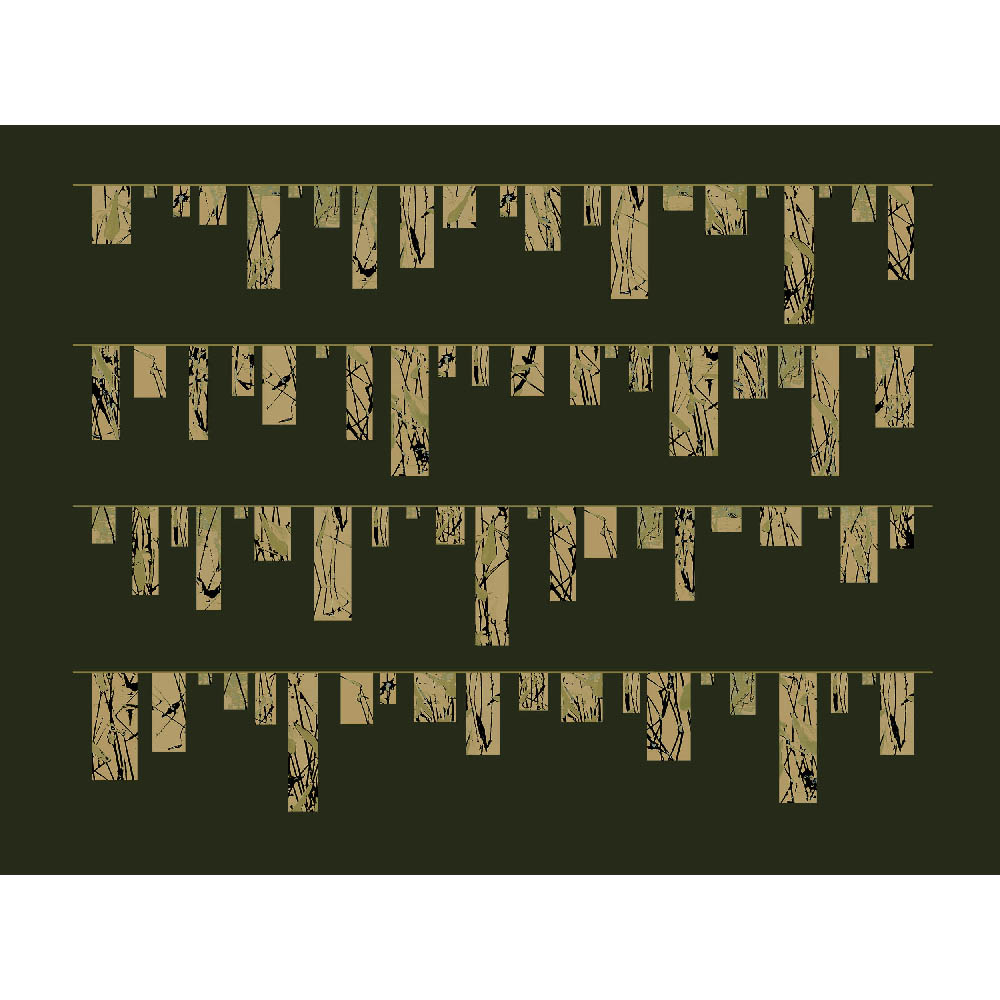
©Deborah Kaplan, Text #3 (Arrowhead), Pond life modified through color simplification and arrayed as
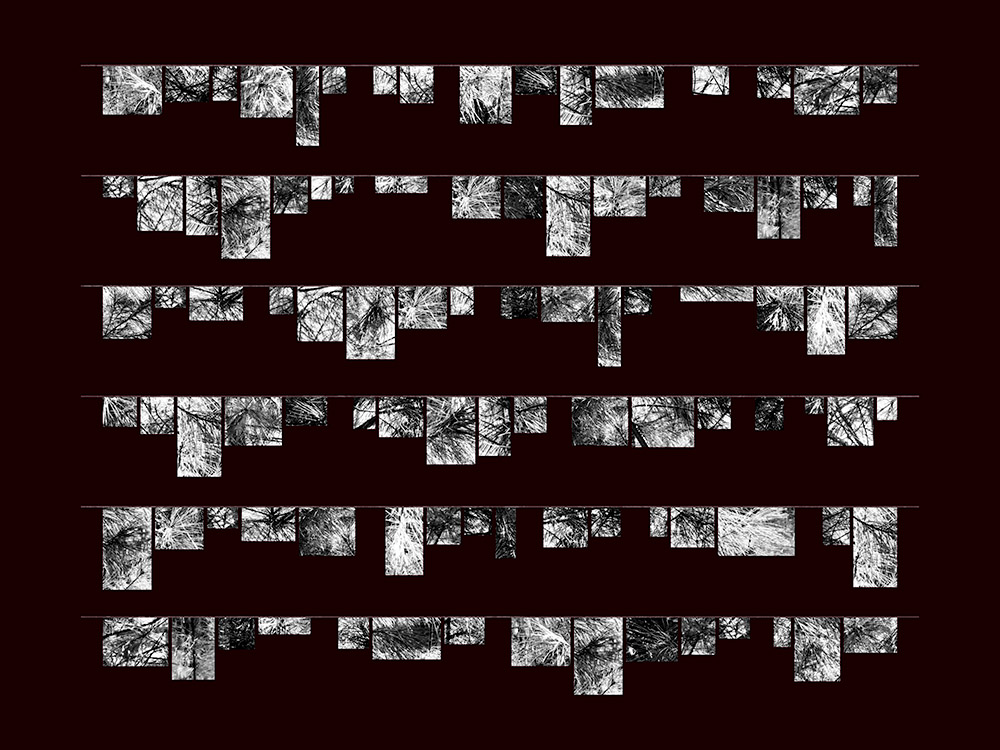
©Deborah Kaplan, Text #7 (Pine), More complex units of language speaking back and forth to each other within the lines of text.
The next set of images is from an as-yet-unnamed series playing back and forth between the concrete and abstract in the landscape, provisionally labelled Not So Stray Thoughts. Each image poses a different set of questions, all related to the amazing complexity of nature. They were all created in the late fall of this year, in no particular order. The understanding of where they came from conceptually occurred latter.
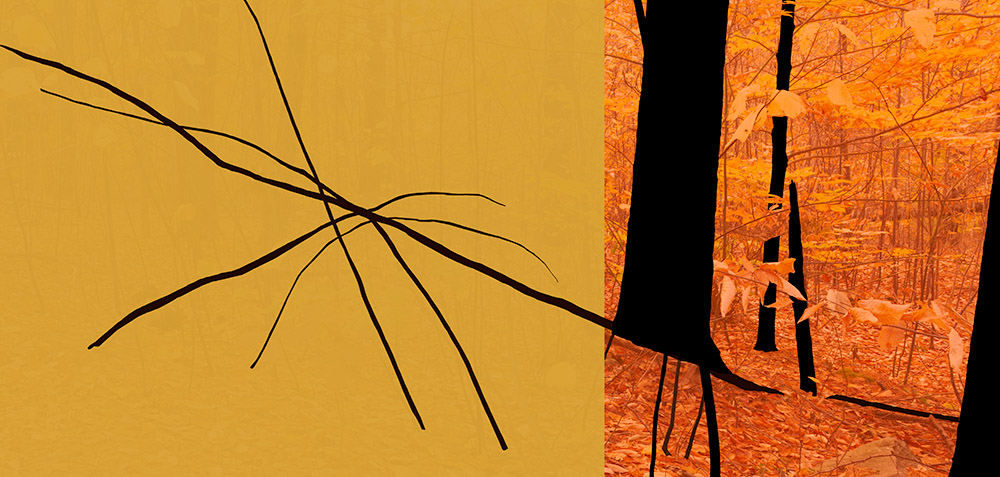
©Deborah Kaplan, An Oblique Glance from Here to There, What happens when we look very quickly at a complex scene? What do we retain? Sometimes just a little, sometimes we fill in the blanks.

©Deborah Kaplan, The Extant and the Observed #1, Our minds flip back and forth trying to make sense of complexity. Sometimes what we see can be quite concrete, at others we are hard at work making sense of it all. What happens when we are caught somewhere in the middle?

©Deborah Kaplan, The Extant and the Observed #2The Extant and the Observed #2, We try to find the edges of things. What happens when there are no edges?

©Deborah Kaplan, Disembodied, What happens when the backbones that hold up something are missing? What does our mind to keep what remains suspended?
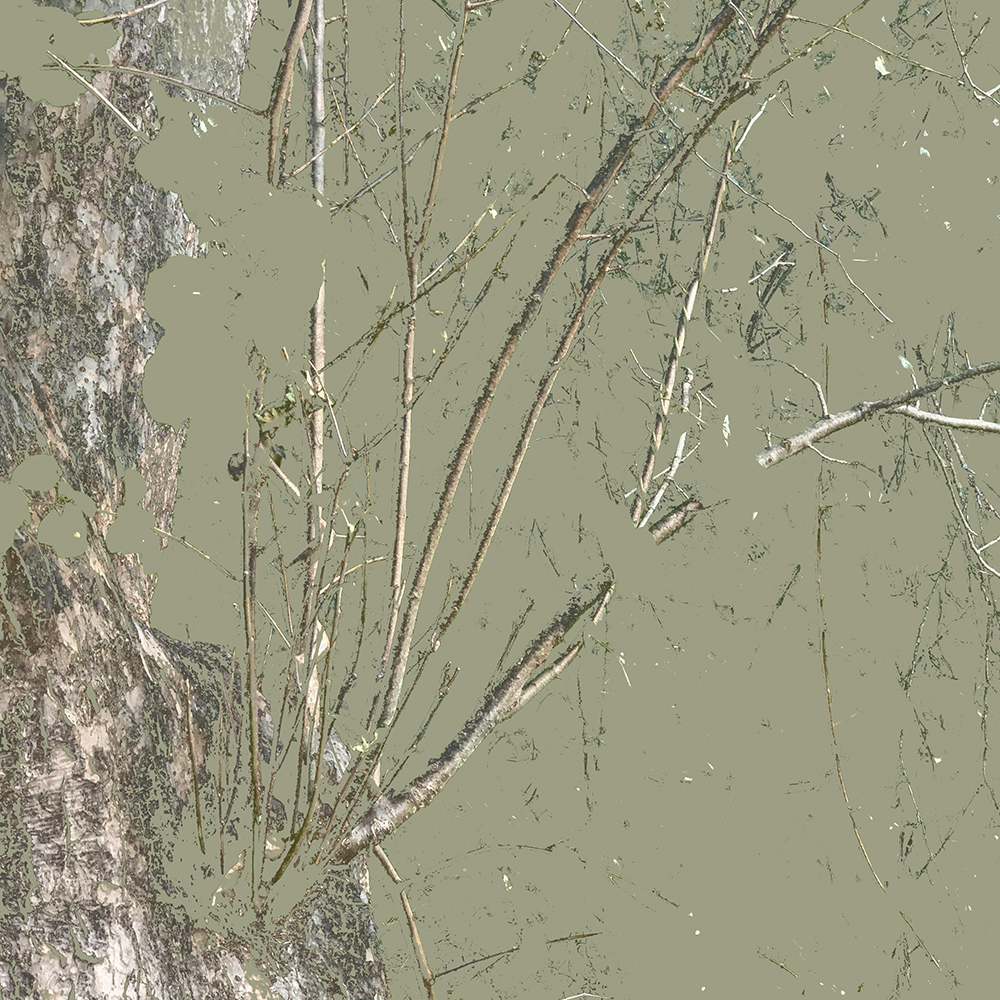
©Deborah Kaplan, Traces Trunk and Sprouts #1, What do we see when some parts of a scene cover others? This is a cross-over image with the next set in terms of style, but fits better here conceptually. It was developed quite late in the Traces on a Color Field series, in terms of time line.
The Traces on a Color Field series is a more directly sensory exploration of color extraction as a method of examining the complexity of living systems in community. A series of colors are extracted from an image and isolated, with a color backdrop taken from the underlying image. They show the dance of the community in interaction suspended in time.

©Deborah Kaplan, Traces Grass #9, This particular grass which has a very unique coloration in late summer. It exposed a complexity of interaction which seemed worth of exploration.
Posts on Lenscratch may not be reproduced without the permission of the Lenscratch staff and the photographer.
Recommended
-
Salua Ares: Absense as FormNovember 29th, 2025
-
Ricardo Miguel Hernández: When the memory turns to dust and Beyond PainNovember 28th, 2025
-
Pamela Landau Connolly: Columbus DriveNovember 26th, 2025
-
KELIY ANDERSON-STALEY: Wilderness No longer at the Edge of ThingsNovember 19th, 2025
-
Jackie Mulder: Thought TrailsNovember 18th, 2025

